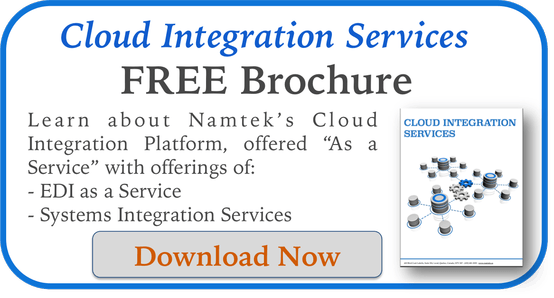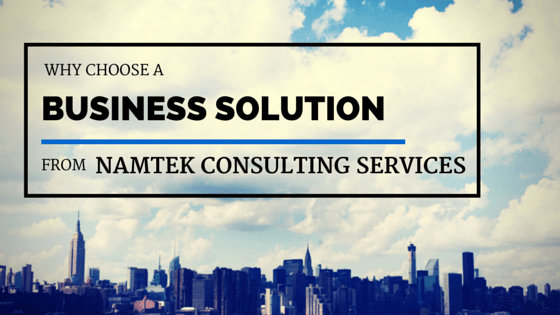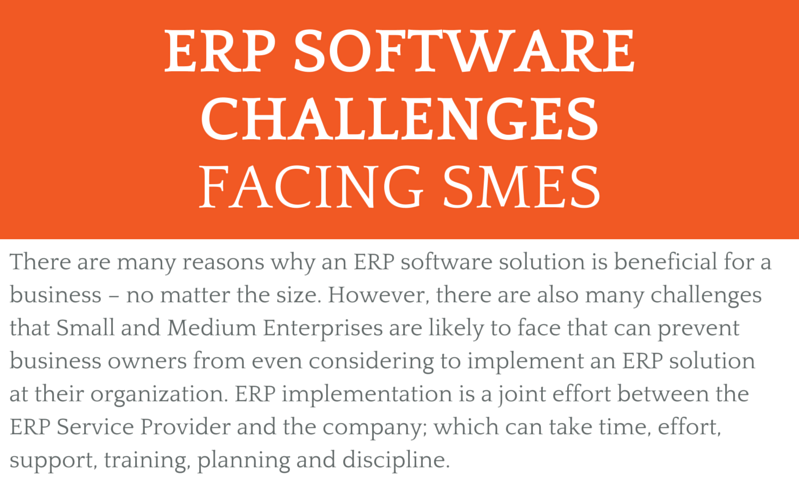All Roads Lead to the ‘Cloud’
By now, most business people have heard about the “Cloud” in one way or another. In today’s blog, I will go on to explain how all roads lead to the ‘cloud’ and how for most businesses, no matter the size, it is fast becoming the preferred choice over any ‘on premises’ options.
Moving away from “On Premises”
Why are business executives and IT professionals veering away from choosing options that are solely “on premises”? This is partly because of the following:
- Infrastructure required: With any “on-premises” software implementation, infrastructure is required. This can take up a lot of time and effort for an IT team and also isn’t ideal for the business itself. It is also difficult for small businesses or start-ups to go with “on-premises” as they may lack resources for infrastructure, like servers, and a dedicated IT staff that will maintain and support the software.
- High expenses: Normally, “on-premises” projects require high initial investments as well as recurring annual maintenance fees (about 20% of investment).
- Time, attention and labor required: Businesses focus a lot of their time, attention and labor on IT projects that are “on premises”. Usually, in-house IT teams are hired for the continuous maintenance and support.
The consensus? There is no future in “on-premises” IT. With the amount of time, effort, high costs and resources required, it is becoming more of a headache for many businesses than it is advantageous for them. Presently, businesses and IT professionals alike have already begun moving away from “on-premises” solutions and are going with cloud-based options.
Moving toward “In the Cloud”

At first, many people were hesitant about cloud-based IT options. They were unsure about its security, availability, performance and flexibility. However, all of these concerns have been overcome pretty quickly. Companies are reporting increased efficiency, reduced costs, fast and easy setups, secure and accessible data and much more. Major differences and improvements from “on premises” options include no software licensing costs, no infrastructure requirements as well as all the hard IT work are now on the shoulders of a third party IT provider. Companies can now focus on their tasks at hand without worrying or spending time and effort on any IT problems.
Here are the top 3 areas businesses, of all sizes, can leverage the cloud:
Securing Data
As mentioned in many of our previous blogs, the way businesses are choosing to backup their data is also evolving. Safer and easier methods have been developed and implemented to ensure the security of the business’ data backup as well as quicker and easier methods for restoring that data. A Business Continuity solution is one such method. This solution is able to send backup offsite to the cloud as well as the ability to recover the backed up data from the cloud to anywhere and any device. Many other features are included in such a solution, however the “cloud” has allowed for offsite storage of backup, ensuring the best security of business data.
Software Access
A very popular use of the “cloud” is for hosting business software solutions. Years ago, if companies wanted an ERP solution they’d have to implement it on premises. Nowadays, this happens much less. Cloud-based solutions as a Service are taking over, or even Platforms as a service. These require no hardware, no equipment, low setup costs and short implementation phases. It is a great option available to small to mid-size businesses and startups. A fully integrated ERP solution or a cloud integration platform can be setup in no time.
Remote Hosting
Companies can access their data via the Internet with remote hosting. Instead of archiving and accessing data on a hard drive housed on premises, data is now being hosted in data centers due to cloud computing. Employees can now remotely access and collaborate on projects and tasks from anywhere, at anytime and on any device, either on their desktop at the office or on a tablet or mobile device on the road or at home.
Don’t be the last to keep up with the latest IT improvements and methods – get on board with “Cloud” offerings.











Leave a Reply
Want to join the discussion?Feel free to contribute!